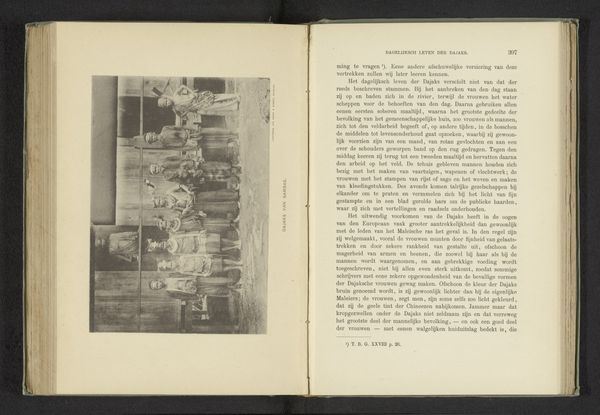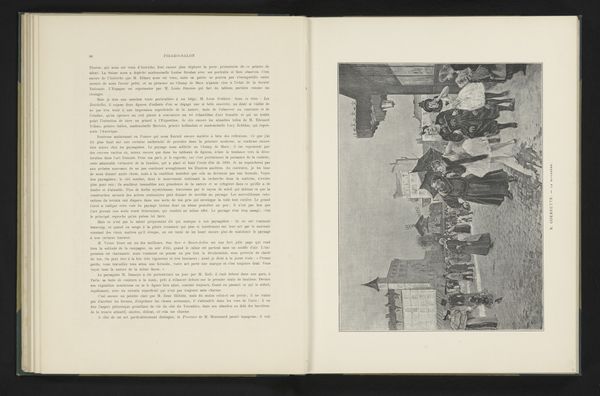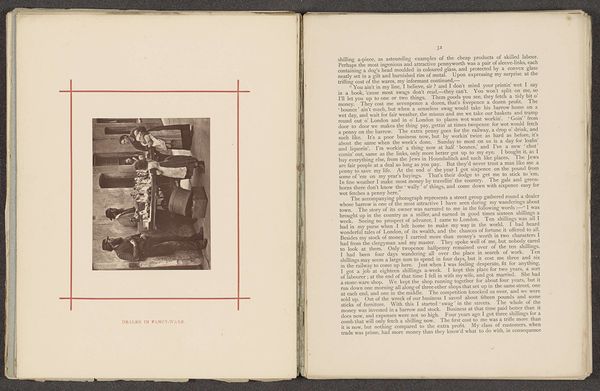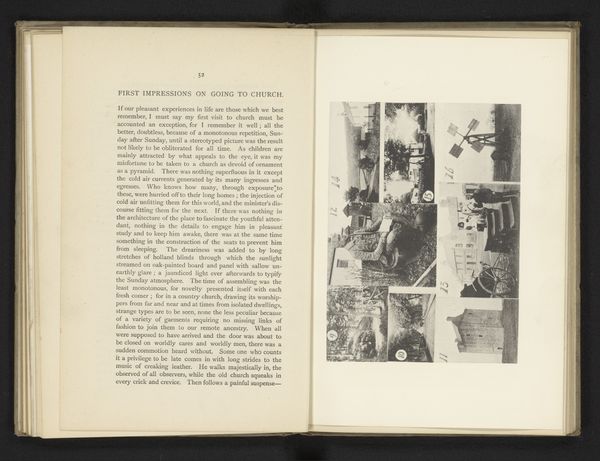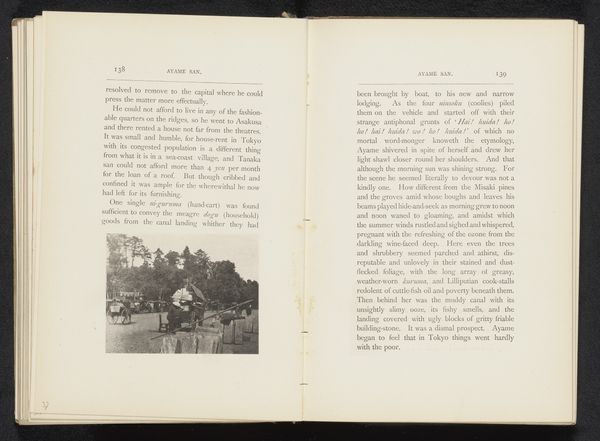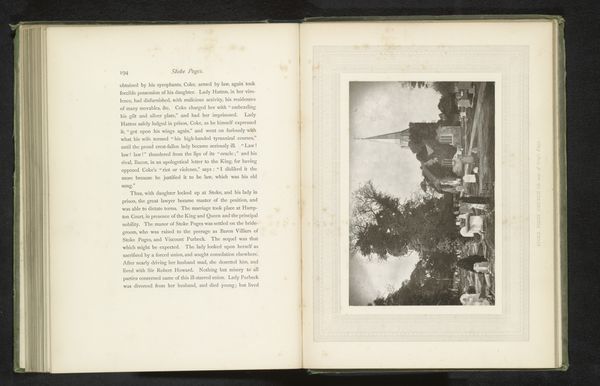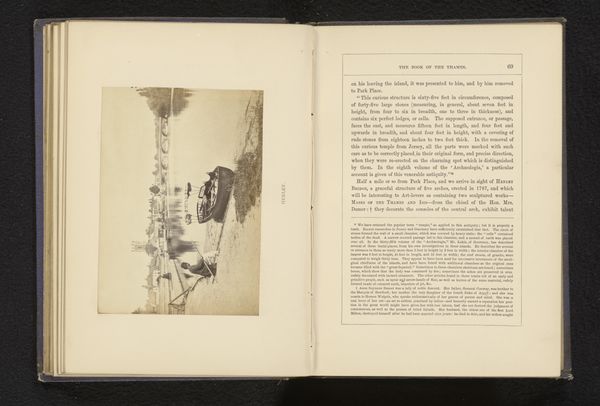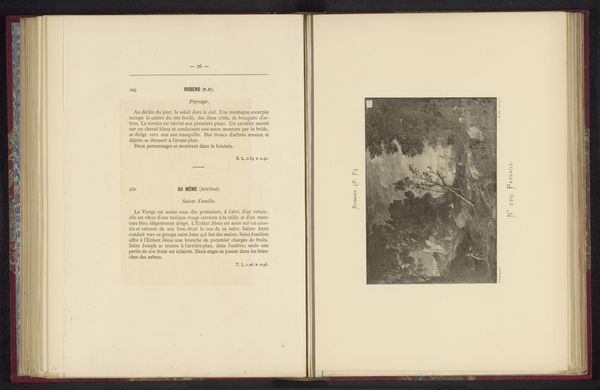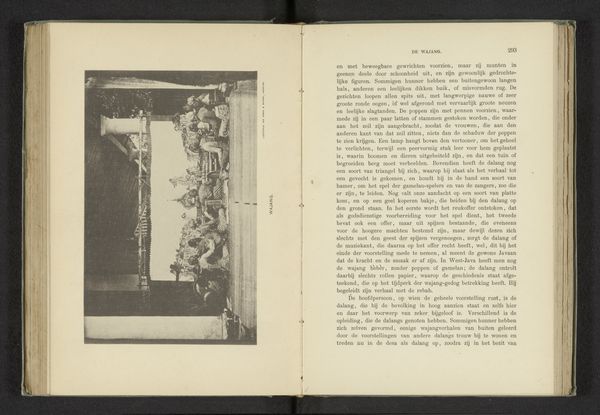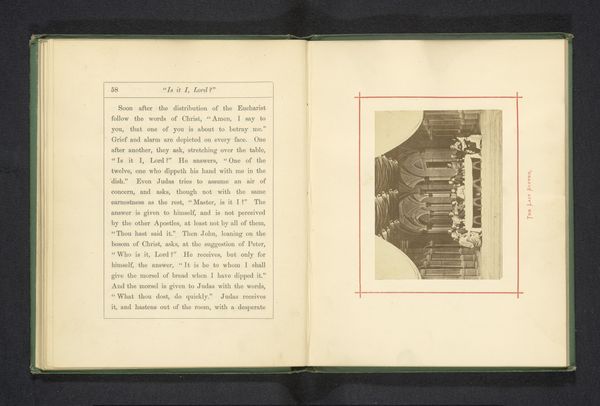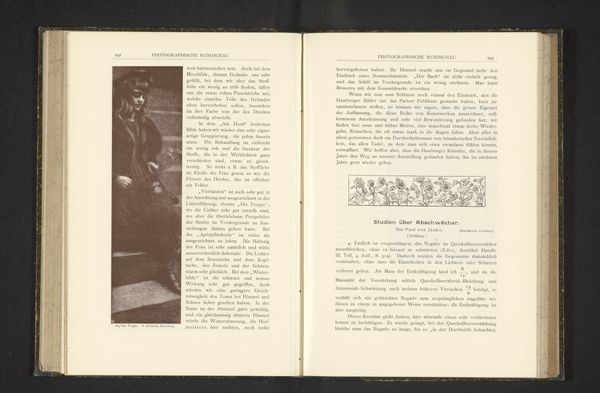
Gezicht op stoomketels bij de machinefabriek van Gebroeders Stork & Co before 1894
0:00
0:00
print, photography
# print
#
landscape
#
photography
#
modernism
Dimensions: height 156 mm, width 211 mm
Copyright: Rijks Museum: Open Domain
Editor: We are looking at an interesting vintage photograph titled 'Gezicht op stoomketels bij de machinefabriek van Gebroeders Stork & Co', taken sometime before 1894. It's currently held at the Rijksmuseum. It gives me a slightly unsettling industrial feeling, especially given how clearly it captures the steam boilers and their stark presence. What aspects stand out to you the most? Curator: I am particularly drawn to the means of production that this image reveals. The photograph itself, as a reproducible medium, aligns with the industrialized subject matter. The depiction of these steam boilers speaks volumes about labor, materiality, and even consumption in that period. Who made this photograph and how it circulated matters more than just aesthetic qualities; those concerns are part of photographic history in addition to their depiction. Editor: That’s interesting, so you are saying we should be looking at this photograph not just as an image but more of a document? Curator: Exactly. Consider the social context: steam power was driving massive industrial expansion. Examining who commissioned this photo, who likely used those boilers, and the distribution methods of the image all inform our understanding. What processes did it take for these boilers to exist, both materially and photographically? Were these distributed amongst stockholders for the Stork factory? How accessible were these kinds of images to average members of the population? These types of questions highlight the complexities embedded in the materiality and consumption this print displays. Editor: That provides so much interesting context; it really shifts my focus to understanding the history and the circumstances that were needed to create the print as much as to create the industrial scene itself. Curator: Indeed, analyzing process over pure aesthetics grants greater insight into its cultural and historical significance. Editor: Thank you, I will remember to look into an image's creation history from now on.
Comments
No comments
Be the first to comment and join the conversation on the ultimate creative platform.

